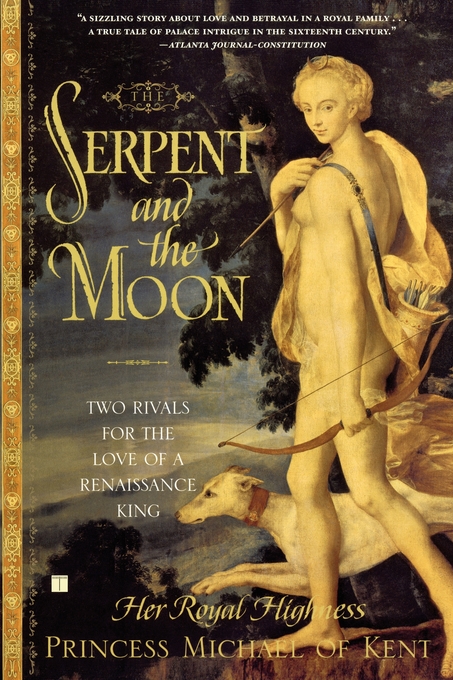
It was in Russia that dance developed into the form most familiar to American audiences: The Sleeping Beauty, Swan Lake, and The Nutcracker originated at the Imperial court.

French, Italian, Danish, Russian, English, and American traditions each have their own expression, often formed in response to political and societal upheavals.įrom ballet’s origins in the Renaissance and the codification of its basic steps and positions under France’s Louis XIV (himself an avid dancer), the art form wound its way through the courts of Europe, from Paris and Milan to Vienna and St. And while ballet’s language is shared by dancers everywhere, its artists have developed distinct national styles. The steps are never just the steps-they are a living, breathing document of a culture and a tradition. It is a storytelling art passed on from teacher to student. Apollo’s Angels is a groundbreaking work-the first cultural history of ballet ever written, lavishly illustrated and beautifully told.īallet is unique: It has no written texts or standardized notation. Ballet has been shaped by the Renaissance and Classicism, the Enlightenment and Romanticism, Bolshevism, Modernism, and the Cold War. A ballerina dancing The Sleeping Beauty today is a link in a long chain of dancers stretching back to sixteenth-century Italy and France: Her graceful movements recall a lost world of courts, kings, and aristocracy, but her steps and gestures are also marked by the dramatic changes in dance and culture that followed. Its traditions serve as a record of our past.


One of The New York Times Book Review’s 10 Best Books of the Yearįor more than four hundred years, the art of ballet has stood at the center of Western civilization.


 0 kommentar(er)
0 kommentar(er)
